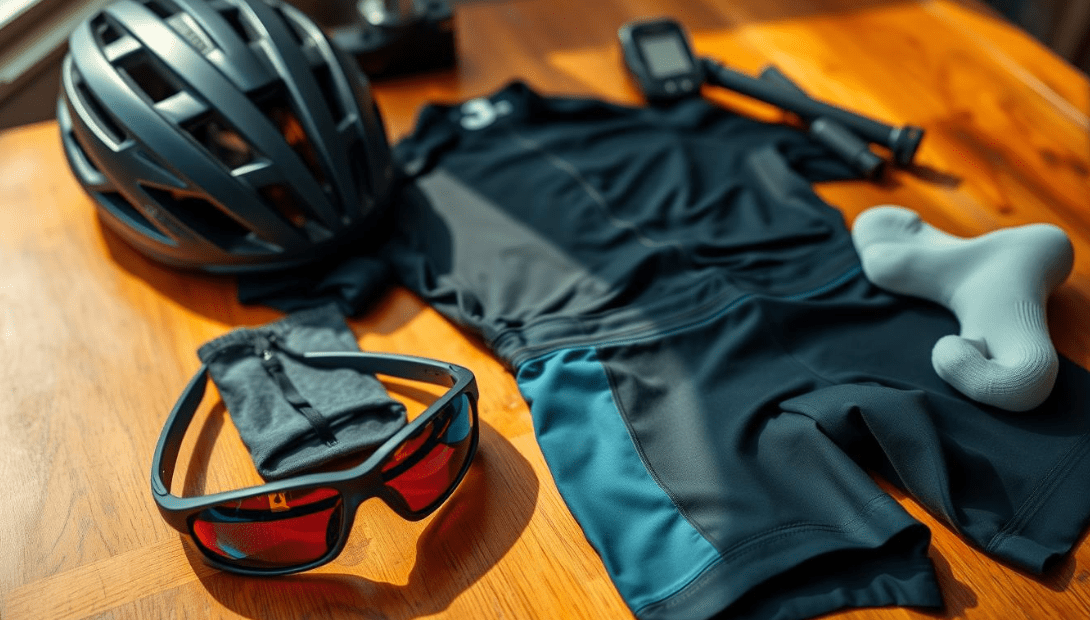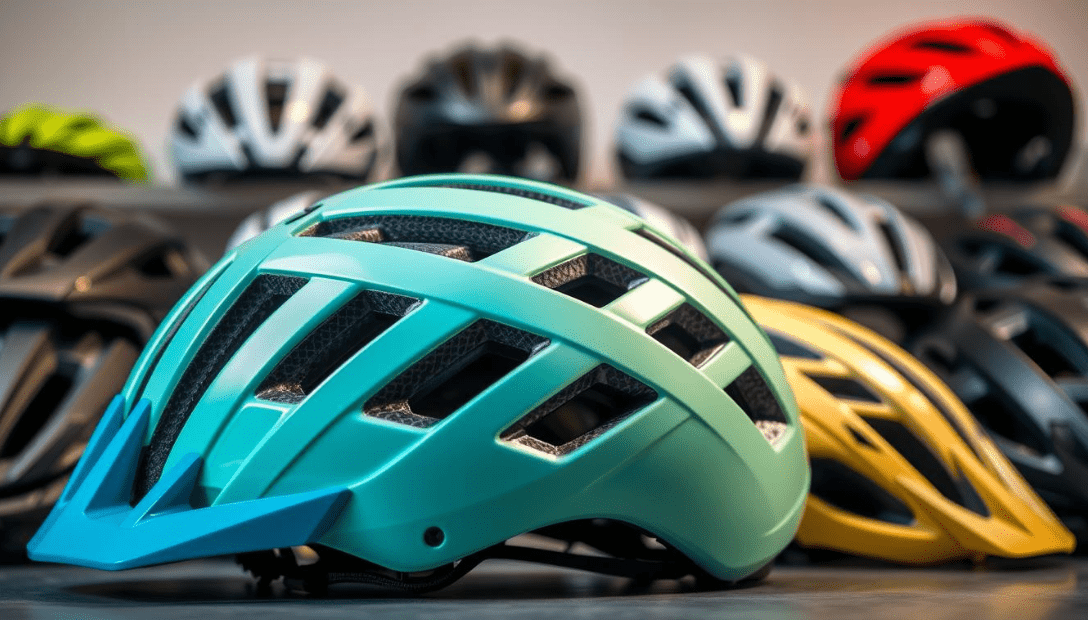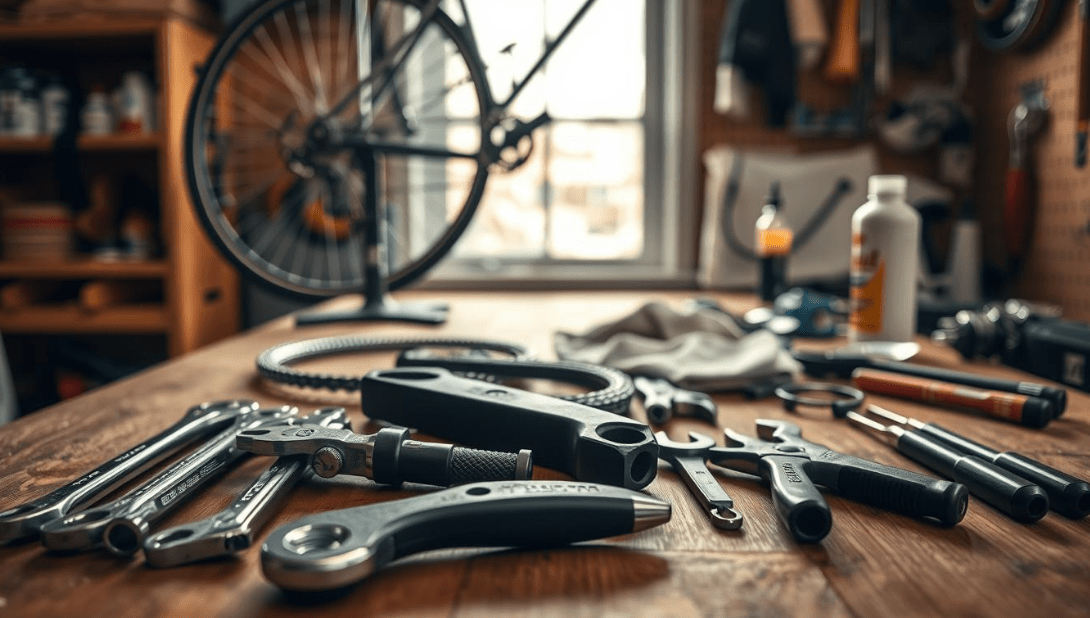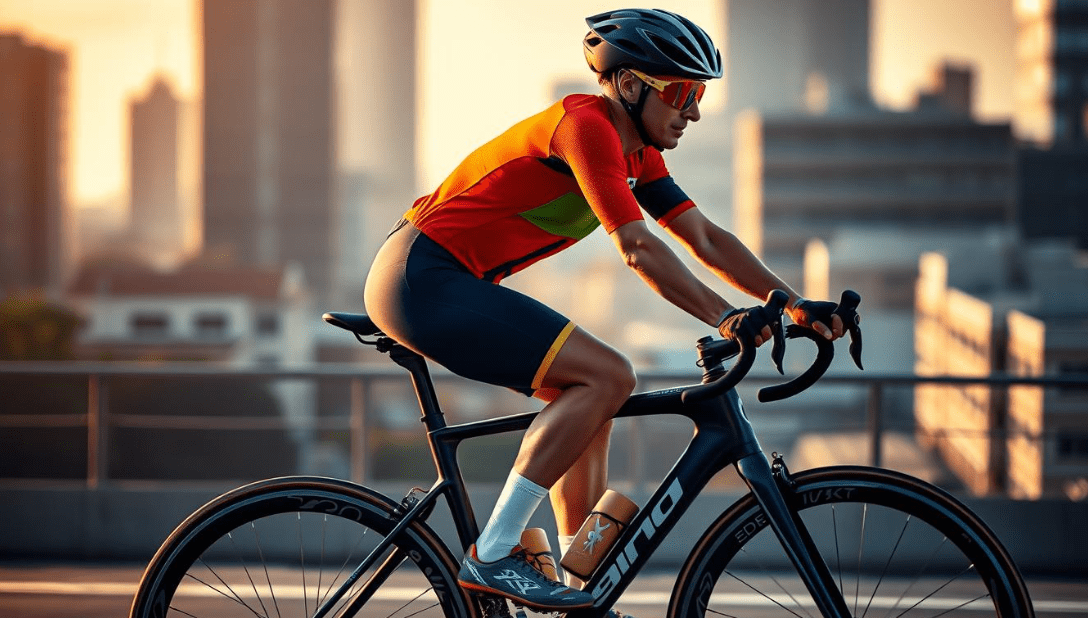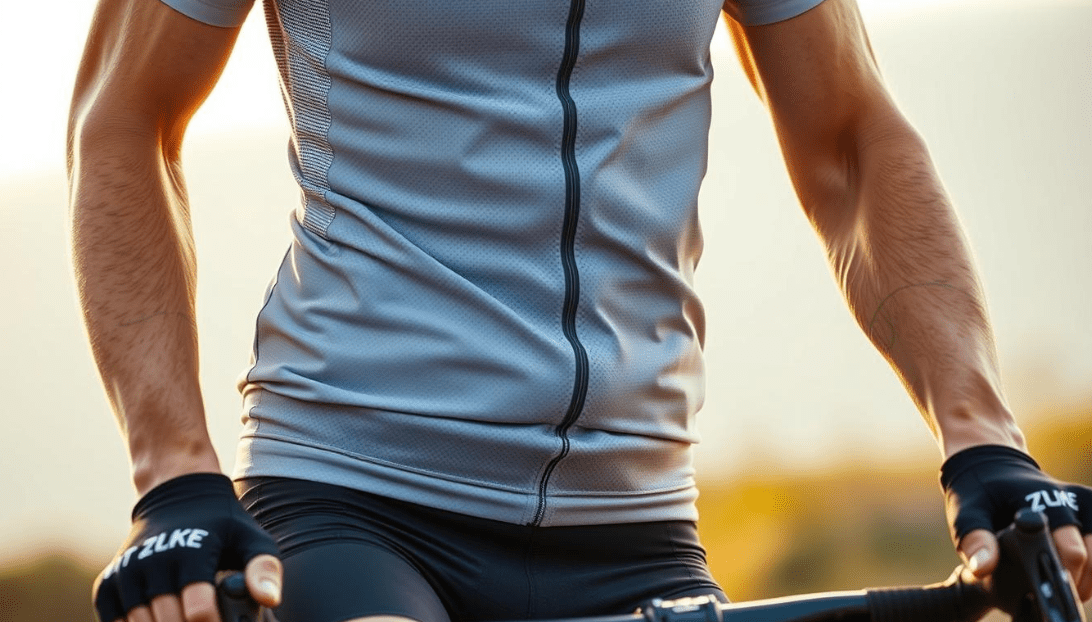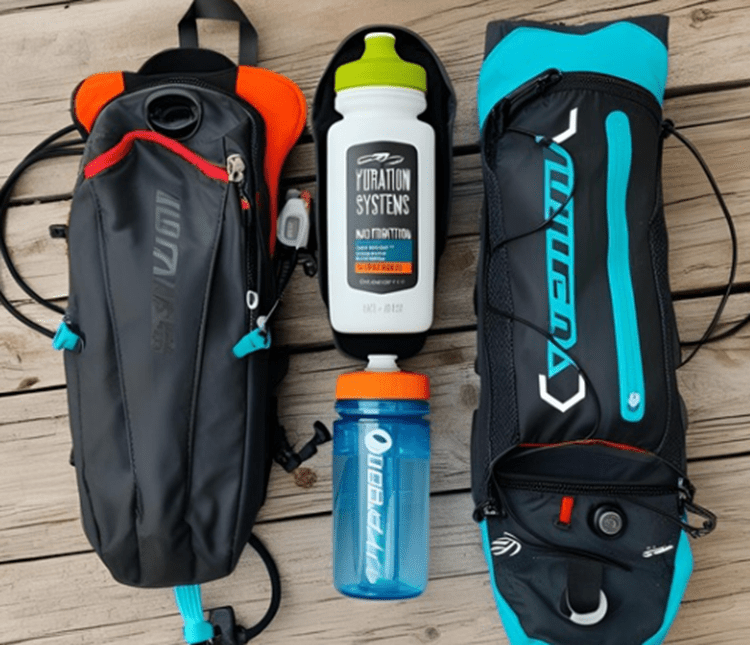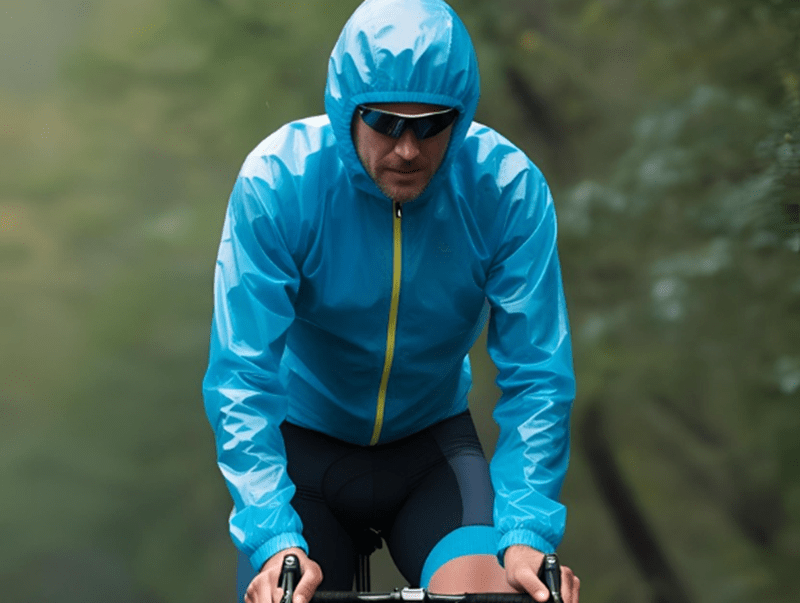Contents
- 1 Must-Have Cycling Gear for Every Rider
- 1.1 The Essential Cycling Gear Checklist
- 1.2 How to Choose the Right Cycling Gear: Helmets, Shoes, and Clothing
- 1.3 Must-Have Repair and Maintenance Cycling Gear
- 1.4 Tech Gadgets That Enhance Your Cycling Gear Collection
- 1.5 Packing Cycling Gear for Different Types of Rides
- 1.6 Cycling Safety Gear
- 1.7 Hydration Systems and Nutrition Cycling Gear
- 1.8 Essential Cycling Accessories
- 1.9 Seasonal and Weather-Specific Cycling Gear
- 1.10 Tips for Maintaining and Upgrading Your Cycling Gear
- 1.11 Frequently Asked Questions About Cycling Gear
- 1.12 Conclusion
Must-Have Cycling Gear for Every Rider
Equipping yourself with the right cycling gear is essential for comfort, safety, and performance—whether you’re commuting, training, or exploring new trails. This comprehensive checklist covers the key cycling gear, how to choose the best options for your needs, and how to tailor your cycling gear for different types of riding.
The Essential Cycling Gear Checklist
Every cyclist should start with the following core cycling gear items:
- Bike Helmet: A properly fitted, certified helmet is non-negotiable for head protection and is required by
 law in many areas.
law in many areas. - Padded Cycling Shorts: These reduce friction and improve comfort on longer rides.
- Moisture-Wicking Jersey: Technical fabrics help regulate temperature and keep sweat away from your skin.
- Cycling Gloves: Gloves provide grip, reduce vibration, and protect your hands in case of a fall.
- Cycling Shoes: Choose shoes compatible with your pedals for efficient power transfer.
- Sunglasses: Protect your eyes from UV rays, wind, and debris.
- Hydration System: Use water bottles or hydration packs to stay hydrated on the go.
- Seat Bag or Saddlebag: Store essential repair tools and small cycling gear items securely.
How to Choose the Right Cycling Gear: Helmets, Shoes, and Clothing
Helmets
Select a helmet that meets recognized safety standards (e.g., CPSC, EN1078) and fits snugly without pressure points. Look for features such as adjustable retention systems, ample ventilation, and a removable visor for mountain biking. Quality bike equipment like helmets should never be compromised on.
Cycling Shoes
- Road Cycling Shoes: Stiff soles and cleat compatibility for maximum efficiency.
- Mountain Biking Shoes: Lugged soles for off-bike traction and recessed cleats for easier walking.
- Commuter and Touring Shoes: Prioritize comfort and walkability.
Cycling Clothing
- Base Layers: Regulate temperature in both hot and cold conditions.
- Jerseys and Jackets: Choose breathable, quick-drying materials. Consider windproof or waterproof jackets for variable weather.
- Shorts and Tights: Padded options for comfort; thermal tights for winter riding.
- Gloves: Full-finger for mountain biking or cold weather, fingerless for summer road cycling.
Must-Have Repair and Maintenance Cycling Gear
Being prepared for mechanical issues is crucial. Every rider should carry these bicycle accessories:
- Multi-tool: For on-the-go adjustments.
- Tire Levers: Essential for changing flats.
- Spare Tubes and Patch Kit: For puncture repairs.
- Mini Pump or CO2 Inflator: To reinflate tires after a repair.
- Chain Tool and Quick Link: For chain fixes.
- Basic First Aid Kit: For minor injuries.
At home, invest in this cycling gear:
- Bike Stand: For easy cleaning and maintenance.
- Chain Lubricant and Cleaning Supplies: Maintain drivetrain efficiency.
- Torque Wrench: Prevent over-tightening bolts.
Tech Gadgets That Enhance Your Cycling Gear Collection
Modern cycling gear includes a range of tech gadgets:
- GPS Bike Computer: Tracks distance, speed, elevation, and navigation.
- Smart Lights: Increase visibility and can adjust brightness automatically.
- Heart Rate Monitor and Power Meter: For training and performance tracking.
- Bike-Mounted Cameras: Record rides for safety or sharing.
- Phone Mount: Securely attach your smartphone for navigation.
Packing Cycling Gear for Different Types of Rides
Short Commutes
- Bike Lock: Secure your bike at your destination.
- Front and Rear Lights: Ensure visibility in traffic.
- Minimal Repair Kit: Tube, levers, pump.
Long Rides and Touring
- Extra Layers: Weather can change quickly.
- Nutrition: Energy bars, gels, or snacks.
- First Aid Kit: For emergencies.
- Spare Clothing: For comfort after the ride.
- Panniers or Frame Bags: Carry cycling gear efficiently.
Mountain Biking
- Protective Pads: Knee and elbow guards for technical trails.
- Backpack with Hydration Bladder: For longer rides away from water sources.
- Tubeless Tire Repair Kit: For modern mountain bike setups.
Road Cycling
- Aerodynamic Gear: Skinsuits, aero helmets, and shoe covers for racing or training.
- Lightweight Tools: Prioritize compact, efficient cycling gear.
Cycling Safety Gear
Beyond the basics, consider these bike accessories:
- Reflective Vests and Bands: Increase visibility, especially at dawn, dusk, or night.
- Bell or Horn: Alert pedestrians and other cyclists.
- Mirrors: Monitor traffic behind you.
- Medical ID Bracelet: Important for solo riders.
Hydration Systems and Nutrition Cycling Gear
Proper hydration and fueling are critical for performance and safety:
- Water Bottles and Cages: Standard for most bikes.
- Hydration Packs: Useful for mountain biking or long-distance rides.
- Electrolyte Tablets or Drinks: Replace minerals lost through sweat.
- Energy Gels and Bars: Quick, portable nutrition for endurance rides.
Essential Cycling Accessories
Additional cycling gear can improve convenience and safety:
- Bike Lights: Required by law in many areas for night riding.
- Bike Lock: U-locks and folding locks offer strong security.
- Fenders: Keep you dry in wet weather.
- Frame Bags and Panniers: Carry essentials on commutes or tours.
- Kickstand: Useful for urban and touring bikes.
Seasonal and Weather-Specific Cycling Gear
- Rain Jacket and Waterproof Pants: For wet conditions.
- Thermal Gloves, Shoe Covers, and Headwear: For winter riding.
- Cooling Sleeves and Lightweight Caps: For hot weather.
Tips for Maintaining and Upgrading Your Cycling Gear
- Inspect your helmet regularly and replace it after any impact.
- Wash cycling clothing in cold water and avoid fabric softeners.
- Lubricate your chain after wet rides.
- Replace worn brake pads and tires promptly.
- Upgrade contact points (saddle, grips, pedals) for improved comfort.
Frequently Asked Questions About Cycling Gear
Q: What’s the difference between road and mountain bike gear? A: Road cycling gear focuses on aerodynamics and lightweight materials, while mountain bike gear emphasizes protection, durability, and off-road functionality.
Q: How often should I replace my helmet? A: Every 3–5 years, or immediately after a crash.
Q: Are expensive cycling shoes worth it? A: Higher-end shoes offer better fit, stiffness, and durability, but even entry-level models can improve comfort and efficiency.
Q: Do I need a GPS bike computer? A: Not essential, but useful for navigation, tracking, and training analysis.
Conclusion
A well-prepared cyclist is a safer and more comfortable rider. Invest in quality essential cycling gear, adapt your cycling gear to your cycling discipline and conditions, and maintain your equipment regularly. With the right cycling gear, you’ll be ready for any ride—commute, trail, or tour.
 |
 |
 |
IWe are an Amazon affiliate and earn from qualified Amazon purchases with no cost to you. This is for ANY product that you purchase through our links.
If you enjoyed learning about this week’s featured bicycle, don’t miss out on more classic bike goodness! Visit our website at classicjapanesebicycles.com for an extensive collection of timeless Japanese bikes and their unique stories. Plus, check out our YouTube channel, Bicycle Restoration Man, for detailed restoration videos and showcases of our finished projects. Subscribe and join our community of bike enthusiasts!


